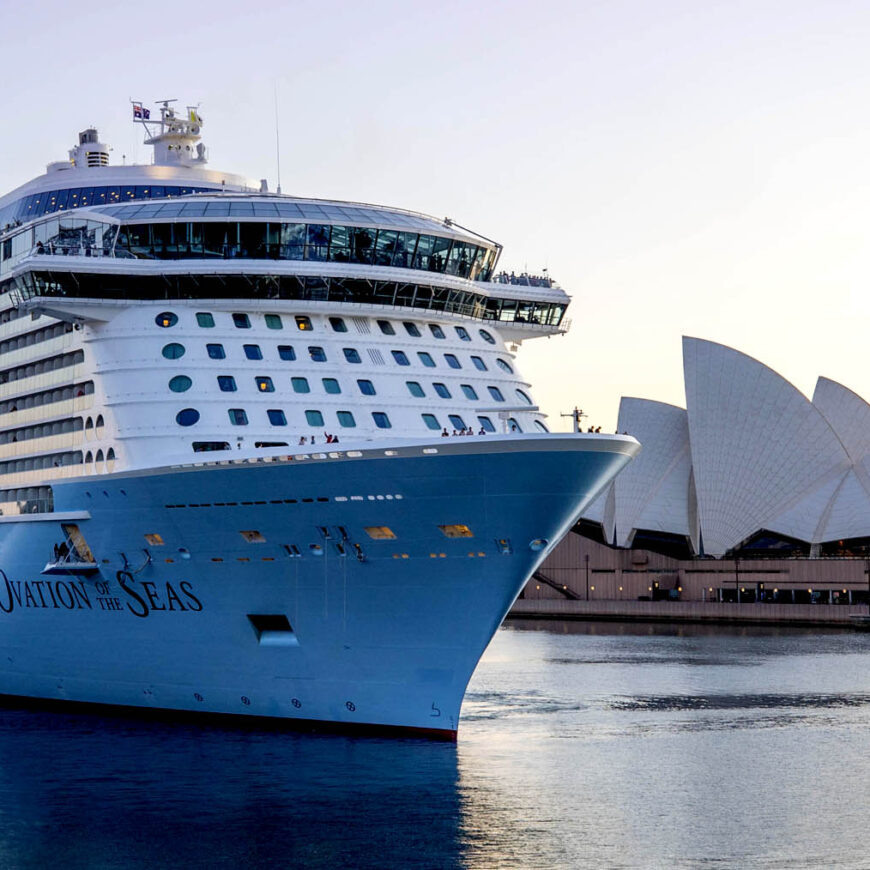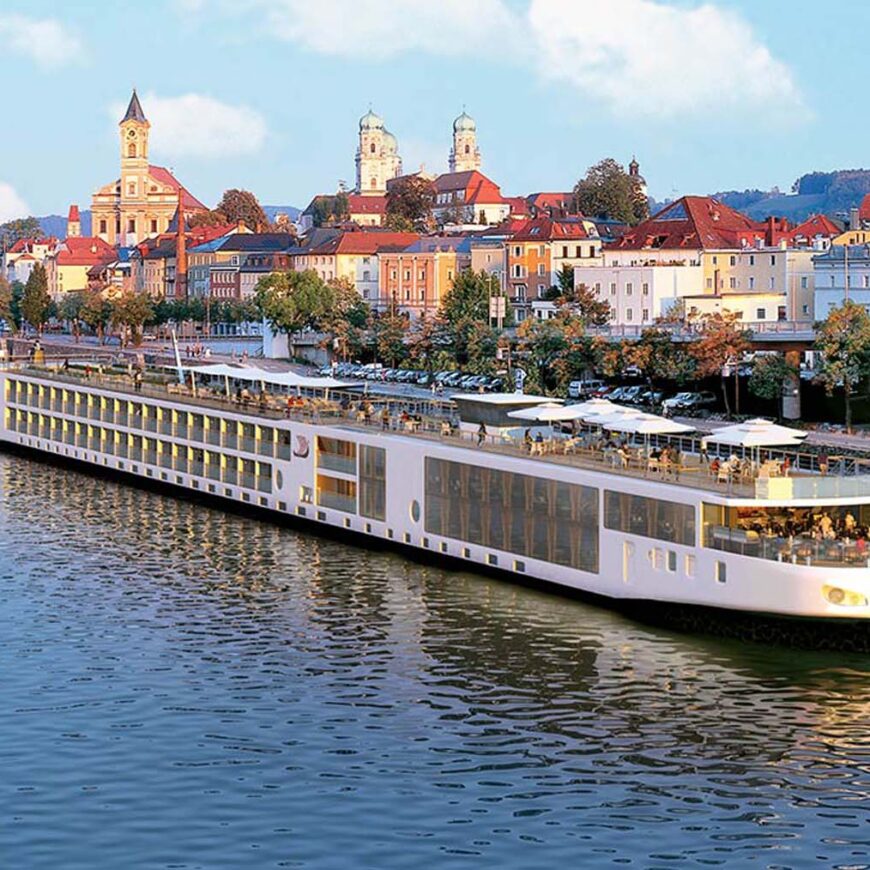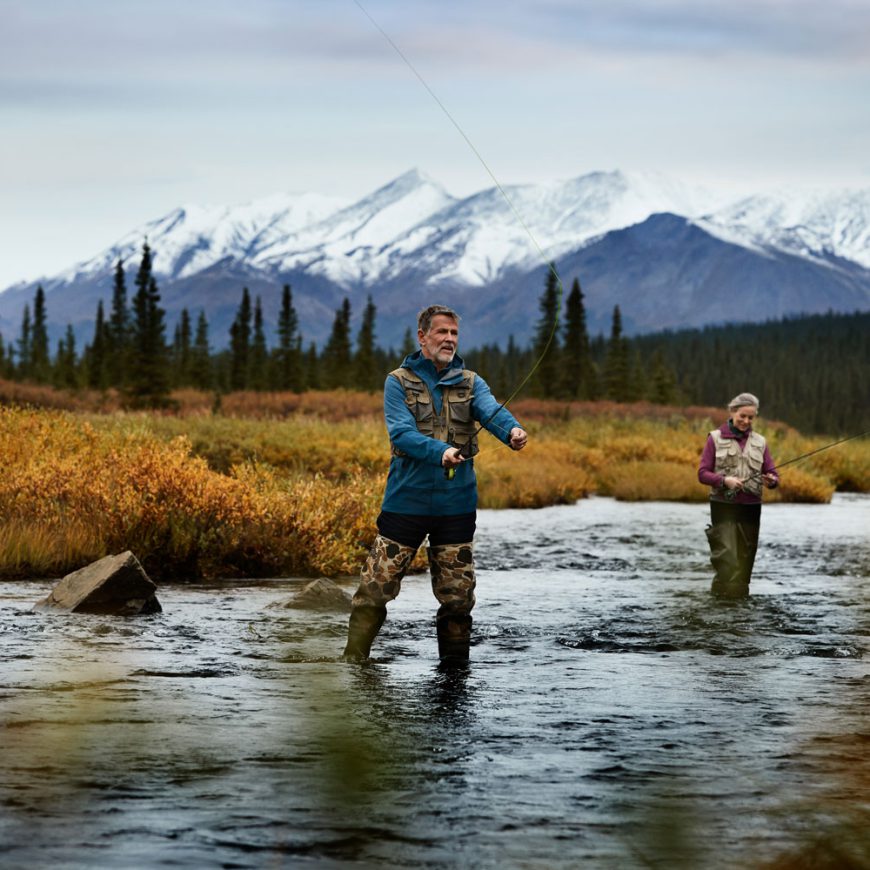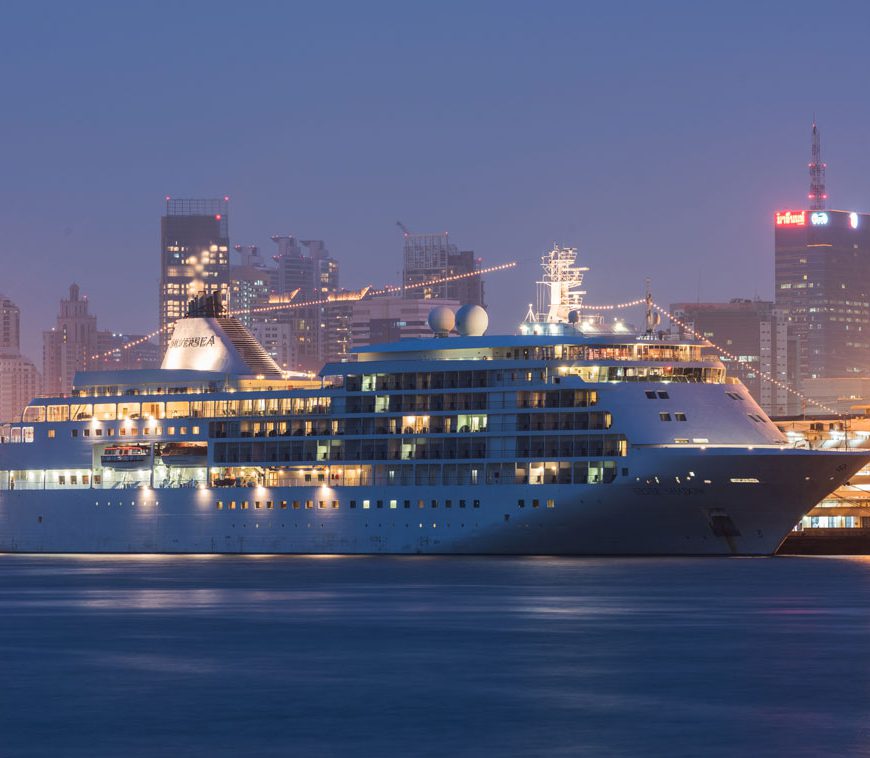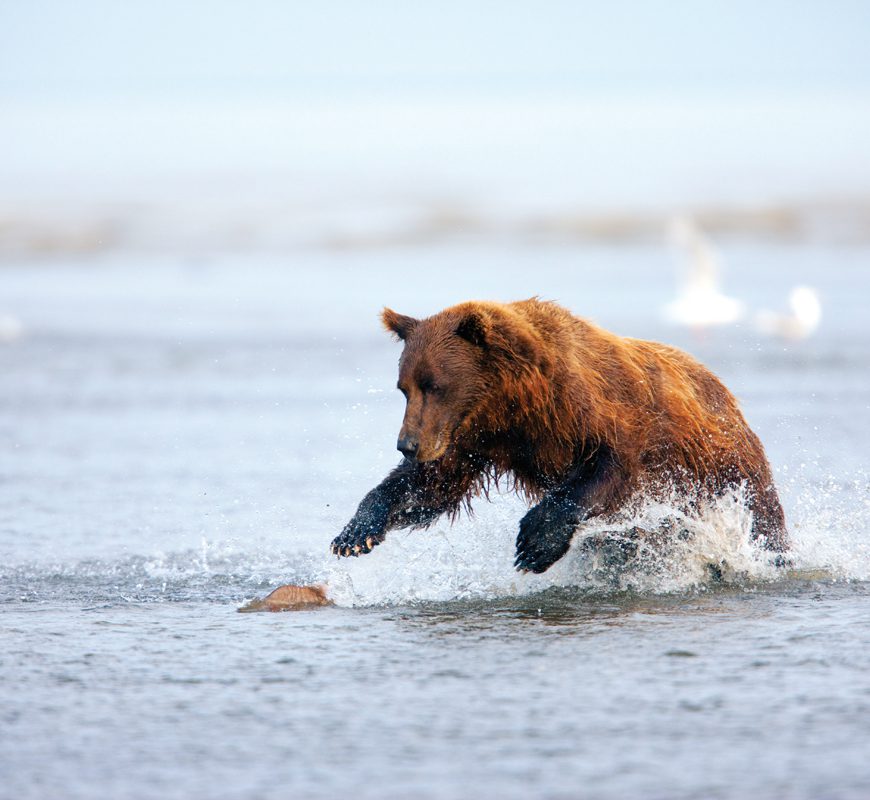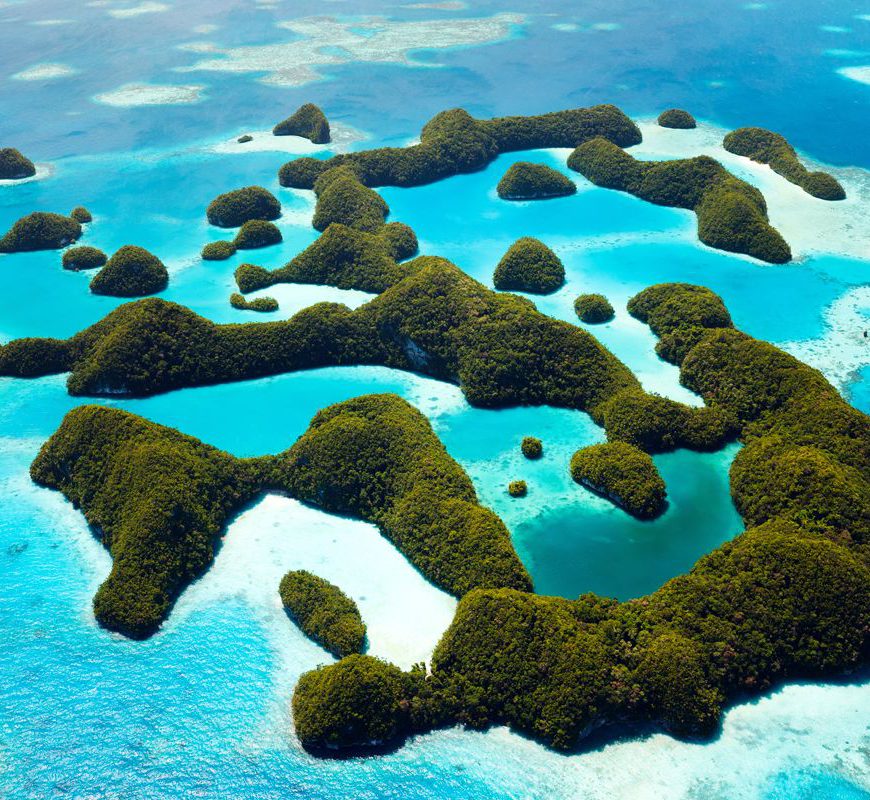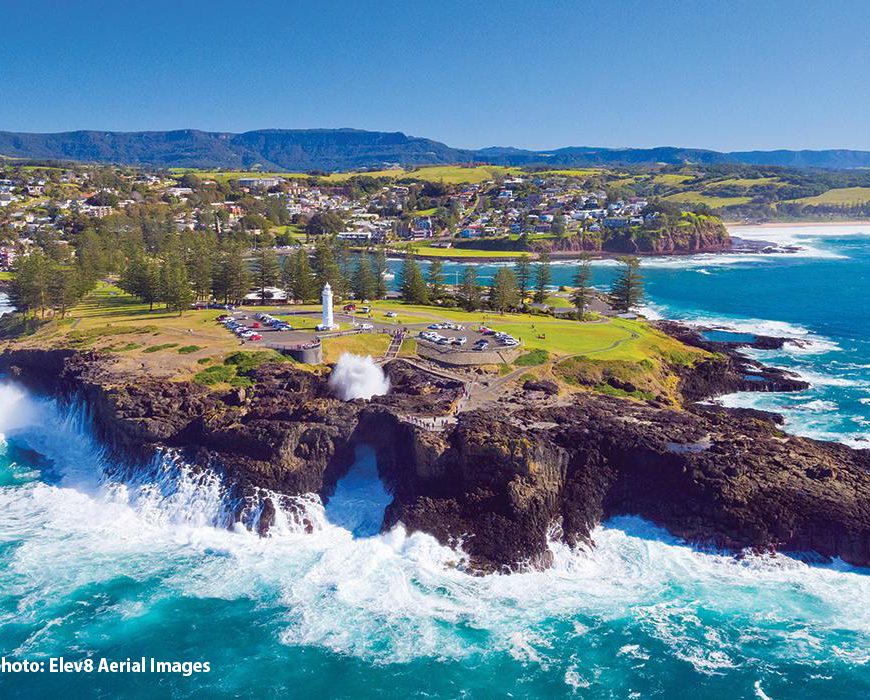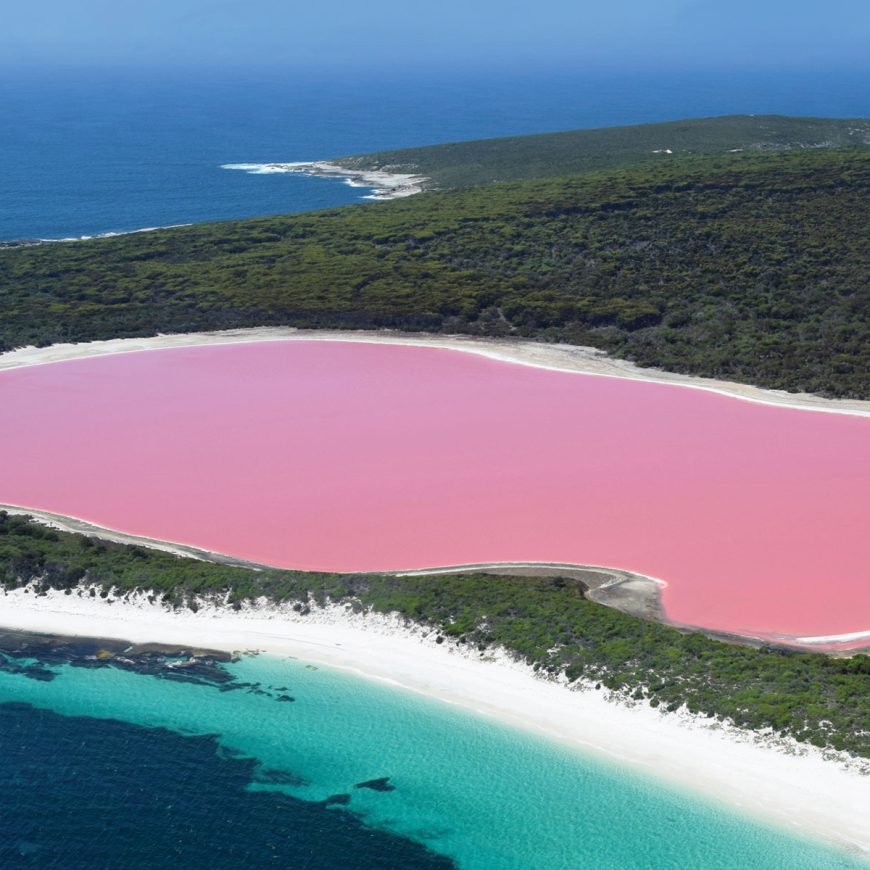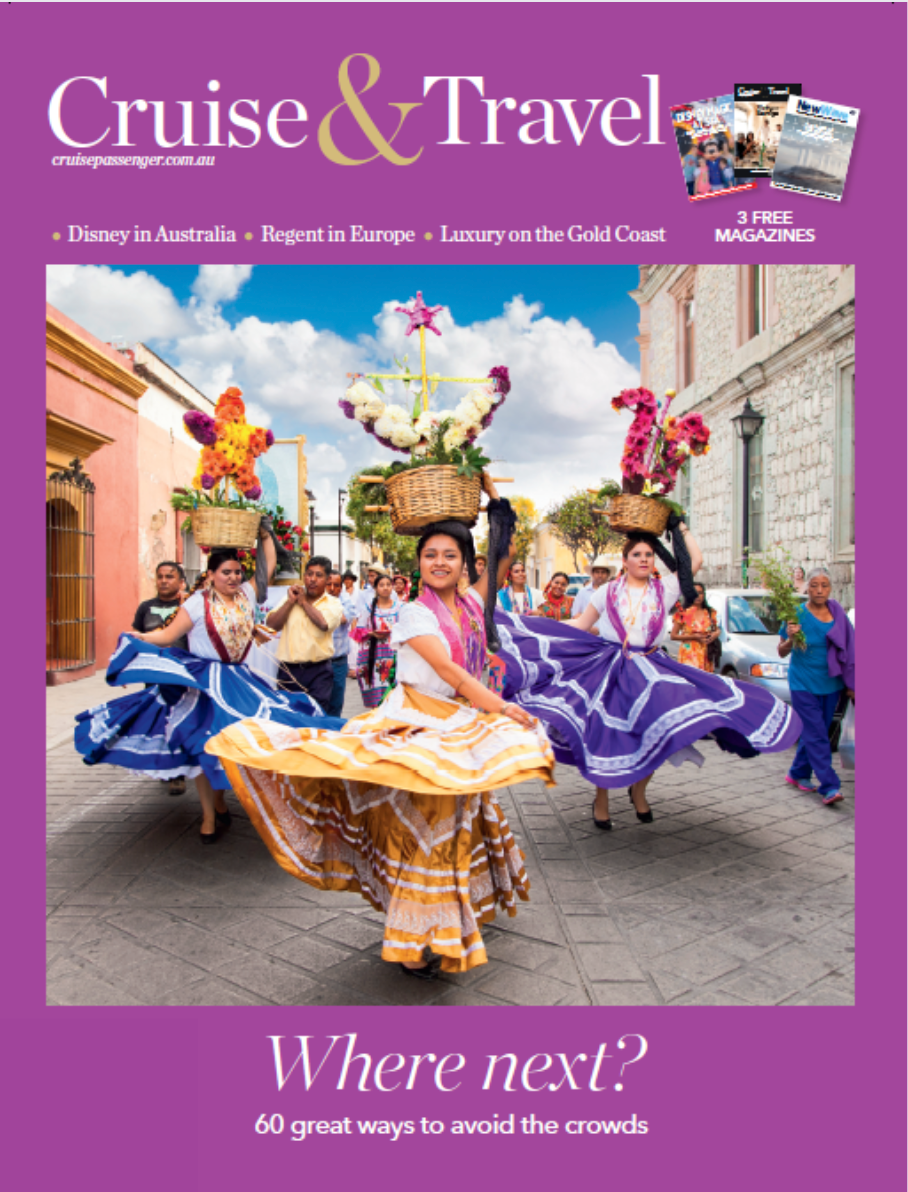While brochures are full of descriptions of cruises along the many rivers of Europe, the vast majority of these could be divided simply into those that traverse the Rhine-Danube corridor and the rest. Surprisingly, the chance to cruise the Rhine, then continue along the Danube became possible only in 1992, when the 171-kilometre Rhine-Main-Danube Canal finally opened. It had been proposed by Emperor Charlemagne in 793AD, more than 1,200 years previously, and a smaller canal was completed by King Ludwig I of Bavaria in 1846 but didn’t prove economically viable.
Cruising the canal through Bavaria from Bamberg to Kelheim reveals the extent of the canal engineering achievement. It takes boats over the Continental Divide: the summit is 406 metres above sea level. Each of the large locks can raise and lower vessels by up to 25 metres, though none will allow vessels more than 11.45 metres wide and 190 metres long to pass through.
The Rhine River flows through Austria, Liechtenstein, France and Holland on its 1,320- kilometre journey from its headwaters near Andermatt in the Swiss Alps to the North Sea. It’s closely identified with Germany and the vineyards of the Rhine region; cities visited en route might include Strasbourg, Mainz, Bonn and Cologne. The river’s most scenic section is the Rhine Gorge, in which crags on both banks are capped by castles; and vessels must avoid Lorelei Rock, sitting in the narrowest part of the river.
The Danube is Europe’s major river: it flows 2,780 kilometres from Germany’s Black Forest to the Black Sea and passes through 10 countries (and drains the waterways of 19) along the way. Its banks are lined by some of Europe’s most important cities, including Vienna, Budapest, Nuremberg, Bratislava, Passau and Belgrade. The best scenery along the way is at the Iron Gates,
a gorge on the border of Serbia and Romania.
At the start of the European summer, the countryside bursts into a floral wonderland. It’s a good time to cruise through Holland and Belgium, where tulips and windmills compete with glorious cities such as Bruges, with its UNESCO-World-Heritage-listed Gothic heart.
Each of France’s regions is quite different, so each river voyage is distinctive. The Rhône sweeps through the senses, taking you from the centre of Van Gogh’s Arles to the gastronomic centre of Lyon. Starting in Switzerland, the 800-kilometre-long waterway is the only major European river to flow into the Mediterranean. The Saône River runs through Burgundy’s vineyards. Seine cruises may begin in Paris, the city of light, then take you north to Monet’s garden in Giverny and all the way up to the Normandy coast, where many World War II landings took place.
The joy of cruising is not just in the scenery but in the pretty riverside towns and cities you visit along the way. The Oder (also known as the Odra) begins in the Czech Republic and flows through Poland and Germany; the Mosel passes through Germany, Luxembourg and France (in which it’s known as the Moselle); and the Elbe snakes its way through Germany and the Czech Republic, passing Dresden on the way.
Down south, cruising along the Douro River is a wonderful way to see the sights and scenery of Portugal, especially as most Douro cruises end on the coast at Porto, the home of port wine. It’s worth allowing time to head south to the capital, Lisbon, for a few days’ sightseeing.
There’s a lot of interest in Christmas cruises and the industry has responded. As you’d expect, these take place in December, when the towns of Germany and Austria, in particular, hold beautiful Christmas markets. While you’ll need to pack warm clothes, these cruises are generally memorable and heartwarming experiences.
The Volga-Baltic Waterway between Moscow and St Petersburg is a complex system of rivers and canals; cruises pass through seven locks and cross Europe’s two largest lakes: Lake Onega and Lake Ladoga, the latter offering more than 650 islands. Part of the journey is along the beautiful Volga River, which runs nearly 3,700 kilometres from its source in the Valda Hills north-west of Moscow to end far to the south and east at the Caspian Sea. This is a voyage between Moscow’s Kremlin and St Basil’s Cathedral frame Red Square, and each is spectacularly wonderful, while the palaces of St Petersburg (including the State Hermitage Museum) are so ornate and so laden with artistic treasures that they defy concise description.
For something different, consider a cruise along the Dnieper River through the Ukraine, from the Crimean Peninsula on the Black Sea to Kiev. This is one of Europe’s major rivers – 2,290-odd kilometres in length – and it is closely tied to the history of the Tartars and Cossacks. Cities along the way include beautiful Odessa, Sevastapol, home to a Russian naval fleet, and historic Yalta.
Europe has a very strong ‘waterways’ tradition. Besides its great rivers, there are many canals that can be navigated only by barges or small boats that can fit within their diminutive locks. Barge cruises are quite unlike other river journeys because there are unlikely to be more than 12 passengers, you’ll travel only by day and, typically, the pace is so relaxed that you can walk or cycle by the canal and easily catch up with your barge at the next lock. There are also barging opportunities in England, Scotland and France. A gastronomic barge tour through Burgundy or along Canal du Midi in the South of France holds particular appeal.
Subscribe to Cruise Passenger magazine and you can win a luxury Mekong river cruise for two. To subscribe click here


